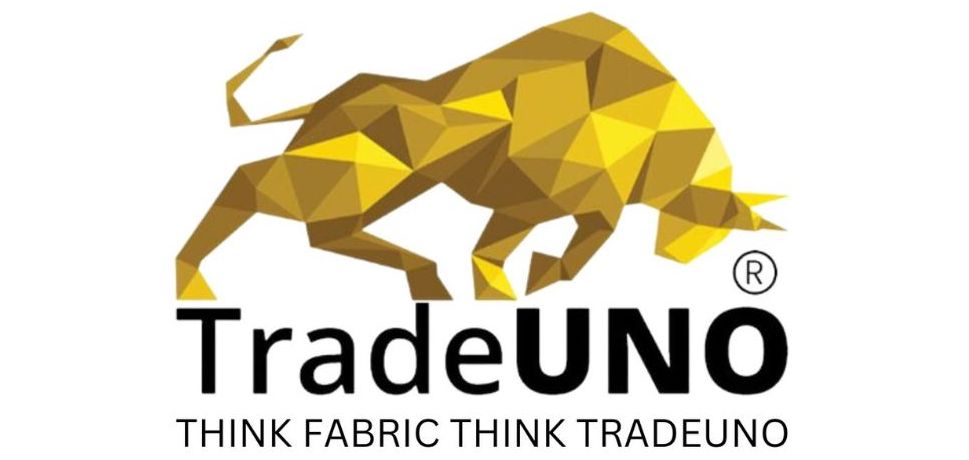What is Ajrakh Pattern Fabric?
Ajrakh pattern fabric is a traditional handmade textile crafted in India, distinguished by its colourful geometric patterns and motifs. Ajrakh uses a complex resist dyeing technique to create these vibrant designs on fine cotton or silk fabric.
It involves repeatedly hand stamping the fabric with intricately carved wooden blocks dipped in natural dye. This labour-intensive process can take up to 20 meticulous printing and dyeing stages to gradually build up complex ajrakh patterns.
The fabrics often feature circular motifs, small dots, wavy lines, zigzag patterns, and checkerboard designs in indigo blue, maroon, black and white.
Historical evolution of Ajrakh Pattern Fabric
Exploring the long history of this ancient art form, we uncover the following:
- The Ajrakh pattern fabric was originated in Kutch, Gujarat, and Sindh region around 500 years ago during the 16th century.
- Making ajrakh textiles was the hereditary occupation of the Khatri community of Kutch passed down generations.
- Traditional natural dyes like indigo, madder, and pomegranate were used to handprint on handwoven cotton.
- With patronage by Mughal royalty, its popularity flourished in India, Central Asia, and the Middle East.
- Production declined after industrialisation but was revived in the late 20th century with government support.
Ajrakh artisans innovated with contemporary themes while preserving ancient techniques.
Application of Ajrakh Pattern Fabric
Looking at how ajrakh fabric is used today:
- Used to make traditional garments like kurtas, dresses, skirts, shirts, and jackets.
- Favoured for stylish fusion wear combining ajrakh with denim, linen, and silk.
- Employed in home furnishings like bedsheets, curtains, and tablecloths.
- Used for accessories such as scarves, bags, and footwear with ajrakh prints.
Types of Ajrakh Pattern Fabric
There are several base fabrics that ajrakh patterns are printed on:
Fine Cotton Ajrakh - Most common, printed on handloom khadi mulmul or muslin
Lustrous Silk Ajrakh - Ajrakh motifs created on silk fabric like chiffon
Woolen Ajrakh - Ajrakh printing done on soft merino wool for winter clothing
Leather Ajrakh - Ajrakh patterns embossed on leather bags, shoes, belts
Upcycled Ajrakh - Vintage cotton fabrics and saris revived with ajrakh dyeing
Exploring the Unique Characteristics of Ajrakh Fabric:
The unique characteristics of ajrakh fabrics are the following:
- Colourfast and long-lasting: Vibrant colours withstand repeated washings
- Ethical and natural: Uses traditional techniques without harmful chemicals
- Unique artwork: Each ajrakh piece is individually handprinted, hence one-of-a-kind
- Breathable and lightweight: Cotton and silk ajrakh is comfortable for clothing
- Versatile: Can be used for apparel, accessories, furnishings, crafts
- Cultural heritage: Helps preserve the ancient traditional art of ajrakh
Why it’s Recommended to Buy Ajrakh Pattern Fabrication Online?
Online shopping quickly allows finding authentic ajrakh fabric from reputed artisan co-operatives in India. You can conveniently browse, learn about the craft, and purchase traditional prints not available locally.
It connects you directly to the skilled ajrakh printers. Many online stores offer customised ajrakh prints and generous bulk discounts on yardage. Home delivery of the fabric is quick and convenient.
Ajrakh Pattern Fabric: Latest Trends 2023
Looking at current trends in ajrakh fashion:
- Fusion ethnic wear like ajrakh-printed tunics paired with plain denim jeans.
- Ajrakh cropped tops teamed with solid-coloured ankle-length skirts.
- Ajrakh patterned stoles, dupattas, and bandhani odhani for ethnic looks.
- Modern ajrakh pencil skirts and midi dresses featuring minimalist prints.
- Overdyed faded ajrakh patterns on off-white cotton for a meditative ambience.
- Ajrakh’s embroidered and mirror-work embellished dupattas and jackets.
FAQs about Ajrakh Pattern Fabric Online
1. What Fabric is Traditionally Used for Ajrakh Printing?
Ans: Fine handloom cotton fabric like muslin or tussar silk is commonly used. Wool and leather are also suitable options.
2. How Many Colours Feature in Traditional Ajrakh Patterns?
Ans: Traditional Ajrakh patterns typically feature a rich palette of deep indigo, madder red, earthy brown, and stark white, often limited to these four primary colors.
3. Is Ajrakh Fabric Suitable for Hot Indian Summers?
Ans: Breathable cotton and silk ajrakh fabric is ideal for summer clothing and home textiles.
4. What is the Hand-Printing Process of Ajrakh?
Ans: Carved wooden blocks are hand-dipped in dye and stamped repeatedly to build up the ajrakh motifs gradually.
5. How Should You Wash and Care for Ajrakh Fabrics?
Ans: You must dry clean these clothes or hand wash only in cold water using a very gentle detergent. Avoid machine washing or bleaching.










